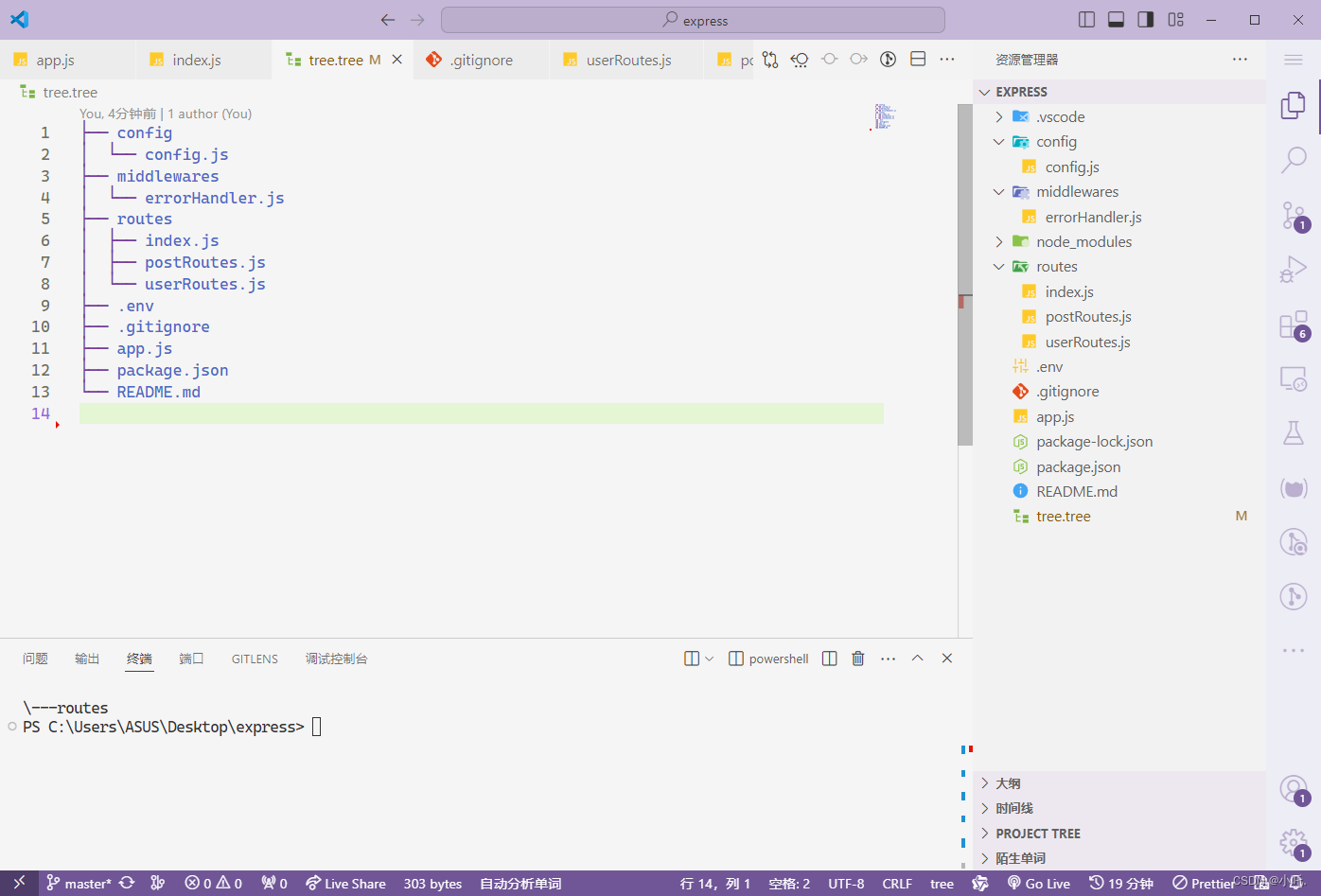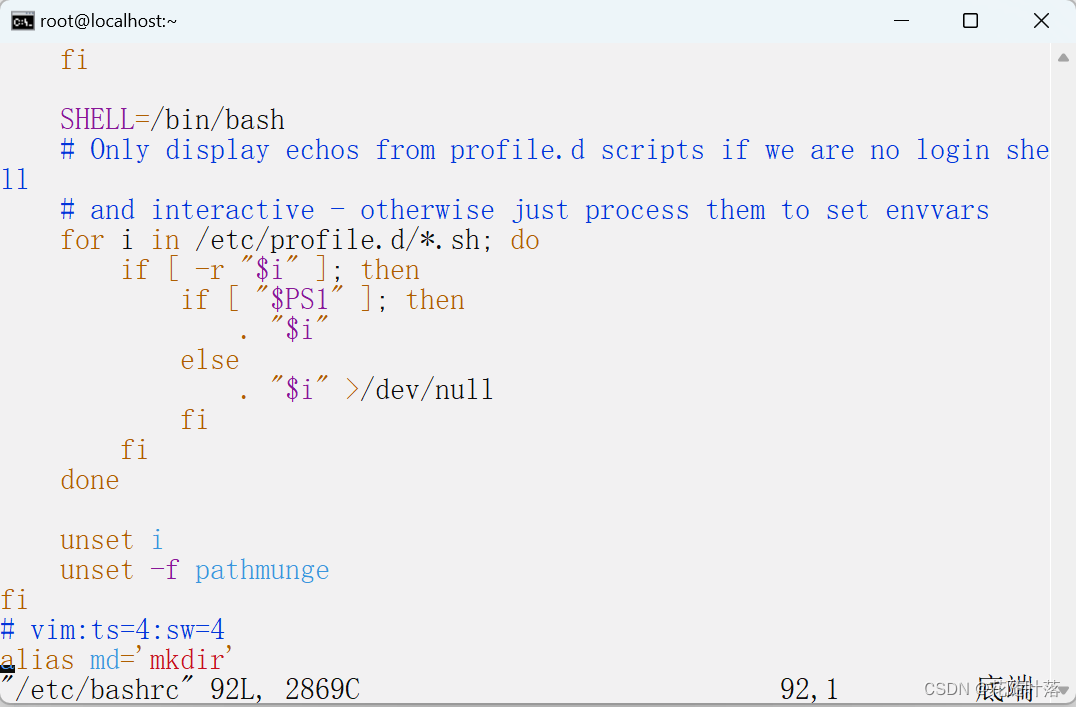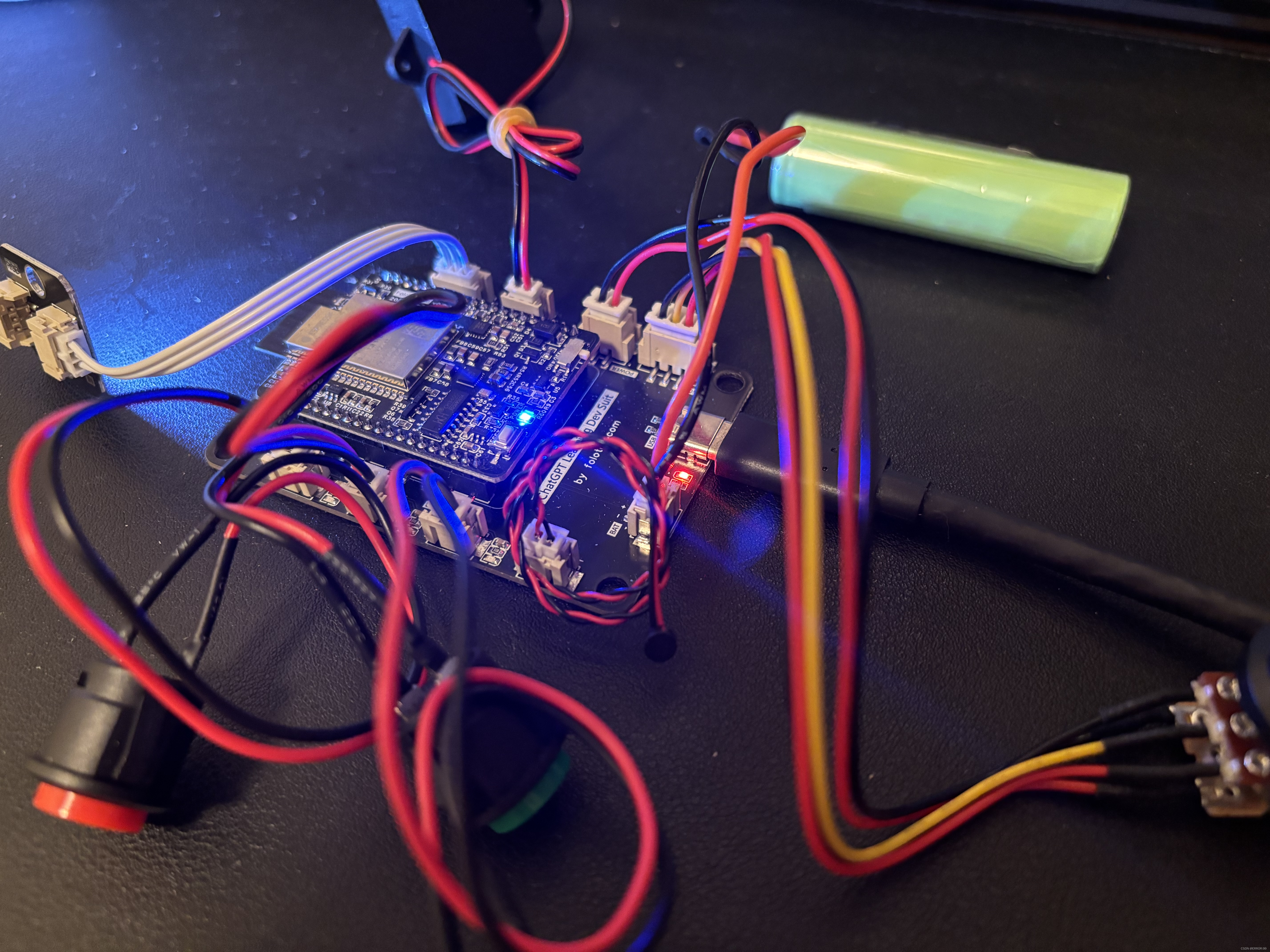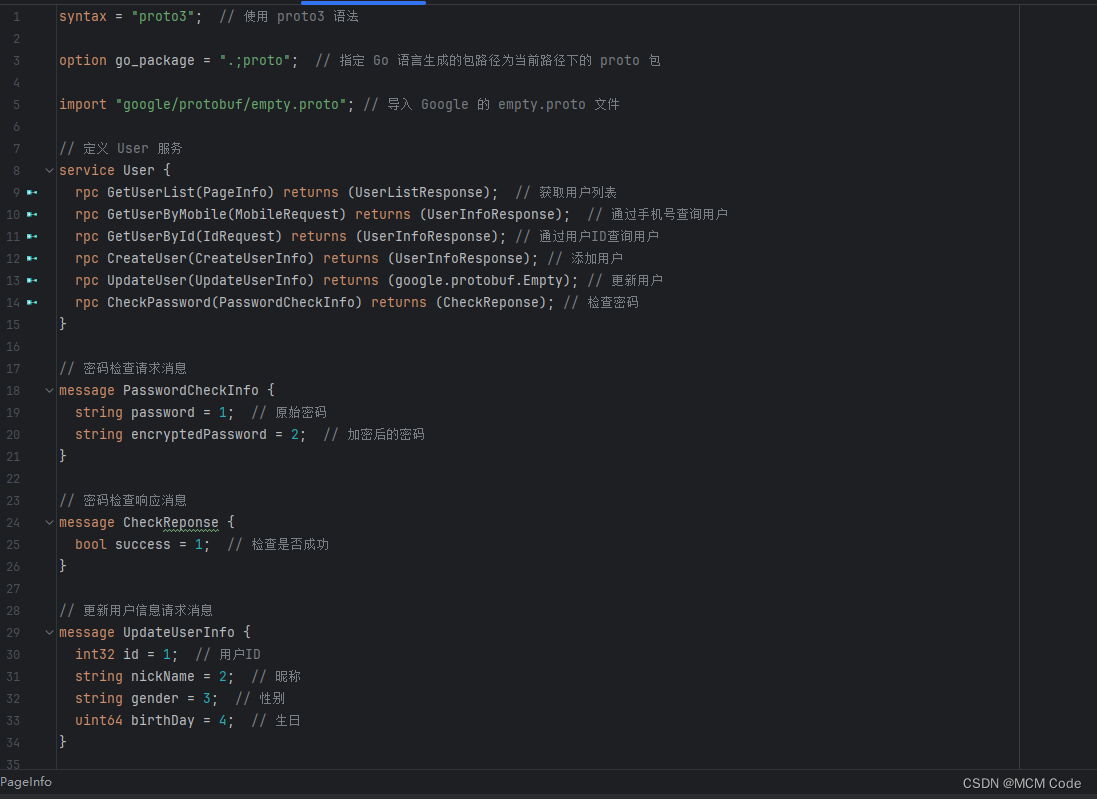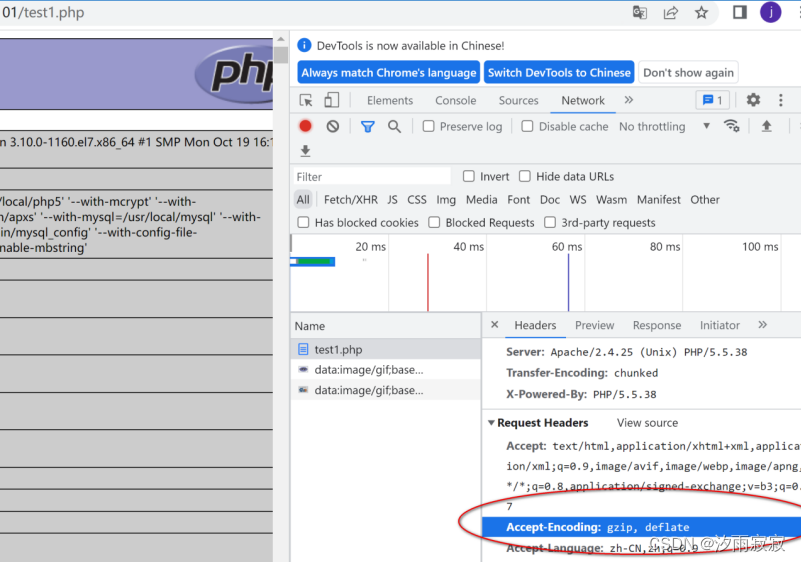文章目录

引言
在现代Web应用程序开发中,安全性是一个至关重要的方面。无论是防止未经授权的访问、保护用户数据,还是确保系统的整体安全,开发者都需要采取一系列的措施来应对各种潜在的威胁。SpringBoot作为一个强大的框架,提供了多种工具和配置选项,帮助开发者构建安全的Web应用程序。本文将详细探讨如何使用SpringBoot和Spring Security来构建一个安全的Web应用程序。
为什么需要安全
Web应用程序面临着各种安全威胁,包括但不限于以下几种:
- SQL注入:攻击者通过插入恶意SQL代码来操纵数据库查询。
- 跨站脚本(XSS):攻击者通过注入恶意脚本来执行在用户浏览器中的代码。
- 跨站请求伪造(CSRF):攻击者通过伪造请求,冒充用户进行未授权的操作。
- 会话劫持:攻击者通过截获会话ID,冒充用户身份进行操作。
为了防止这些威胁,我们需要在Web应用程序中实施一系列安全措施。
Spring Security概述
Spring Security是一个强大且高度可定制的框架,用于保护Spring应用程序。它提供了全面的认证和授权功能,支持多种身份验证机制,如表单登录、HTTP Basic认证、OAuth2等。Spring Security还提供了丰富的安全配置选项,可以满足不同应用的安全需求。
配置Spring Security
添加依赖
首先,在pom.xml中添加Spring Security依赖:
<dependency>
<groupId>org.springframework.boot</groupId>
<artifactId>spring-boot-starter-security</artifactId>
</dependency>
基本配置
创建一个基本的安全配置类,启用Spring Security的默认配置:
import org.springframework.context.annotation.Bean;
import org.springframework.context.annotation.Configuration;
import org.springframework.security.config.annotation.web.builders.HttpSecurity;
import org.springframework.security.config.annotation.web.configuration.EnableWebSecurity;
import org.springframework.security.config.annotation.web.configuration.WebSecurityConfigurerAdapter;
import org.springframework.security.crypto.bcrypt.BCryptPasswordEncoder;
import org.springframework.security.crypto.password.PasswordEncoder;
@Configuration
@EnableWebSecurity
public class SecurityConfig extends WebSecurityConfigurerAdapter {
@Override
protected void configure(HttpSecurity http) throws Exception {
http
.authorizeRequests()
.antMatchers("/public/**").permitAll()
.anyRequest().authenticated()
.and()
.formLogin().permitAll()
.and()
.logout().permitAll();
}
@Bean
public PasswordEncoder passwordEncoder() {
return new BCryptPasswordEncoder();
}
}
在这段配置中,我们启用了表单登录,并允许对/public/**路径的访问,而其他所有请求都需要经过身份验证。我们还配置了一个BCrypt密码编码器,用于加密用户密码。
用户认证
为了实现用户认证,我们需要创建用户实体类、用户存储库以及自定义的用户服务。
创建用户实体类
import javax.persistence.Entity;
import javax.persistence.GeneratedValue;
import javax.persistence.GenerationType;
import javax.persistence.Id;
@Entity
public class User {
@Id
@GeneratedValue(strategy = GenerationType.IDENTITY)
private Long id;
private String username;
private String password;
private String role;
// getters and setters
}
创建用户存储库
import org.springframework.data.jpa.repository.JpaRepository;
import org.springframework.stereotype.Repository;
@Repository
public interface UserRepository extends JpaRepository<User, Long> {
User findByUsername(String username);
}
自定义用户服务
import org.springframework.beans.factory.annotation.Autowired;
import org.springframework.security.core.userdetails.UserDetails;
import org.springframework.security.core.userdetails.UserDetailsService;
import org.springframework.security.core.userdetails.UsernameNotFoundException;
import org.springframework.stereotype.Service;
@Service
public class CustomUserDetailsService implements UserDetailsService {
@Autowired
private UserRepository userRepository;
@Override
public UserDetails loadUserByUsername(String username) throws UsernameNotFoundException {
User user = userRepository.findByUsername(username);
if (user == null) {
throw new UsernameNotFoundException("User not found");
}
return new org.springframework.security.core.userdetails.User(user.getUsername(), user.getPassword(), new ArrayList<>());
}
}
更新安全配置
import org.springframework.beans.factory.annotation.Autowired;
import org.springframework.security.config.annotation.authentication.builders.AuthenticationManagerBuilder;
import org.springframework.security.config.annotation.web.builders.HttpSecurity;
import org.springframework.security.config.annotation.web.configuration.EnableWebSecurity;
import org.springframework.security.config.annotation.web.configuration.WebSecurityConfigurerAdapter;
import org.springframework.security.core.userdetails.UserDetailsService;
import org.springframework.security.crypto.bcrypt.BCryptPasswordEncoder;
@EnableWebSecurity
public class SecurityConfig extends WebSecurityConfigurerAdapter {
@Autowired
private UserDetailsService userDetailsService;
@Override
protected void configure(AuthenticationManagerBuilder auth) throws Exception {
auth.userDetailsService(userDetailsService).passwordEncoder(new BCryptPasswordEncoder());
}
@Override
protected void configure(HttpSecurity http) throws Exception {
http
.authorizeRequests()
.antMatchers("/public/**").permitAll()
.anyRequest().authenticated()
.and()
.formLogin().permitAll()
.and()
.logout().permitAll();
}
}
通过这些配置,我们可以实现基本的用户认证功能。
用户授权
为了实现用户授权,我们需要在用户实体类中添加角色信息,并在安全配置中配置基于角色的访问控制。
更新用户实体类
import javax.persistence.Entity;
import javax.persistence.GeneratedValue;
import javax.persistence.GenerationType;
import javax.persistence.Id;
@Entity
public class User {
@Id
@GeneratedValue(strategy = GenerationType.IDENTITY)
private Long id;
private String username;
private String password;
private String role;
// getters and setters
}
更新自定义用户服务
import org.springframework.beans.factory.annotation.Autowired;
import org.springframework.security.core.authority.SimpleGrantedAuthority;
import org.springframework.security.core.userdetails.UserDetails;
import org.springframework.security.core.userdetails.UserDetailsService;
import org.springframework.security.core.userdetails.UsernameNotFoundException;
import org.springframework.stereotype.Service;
import java.util.Collections;
@Service
public class CustomUserDetailsService implements UserDetailsService {
@Autowired
private UserRepository userRepository;
@Override
public UserDetails loadUserByUsername(String username) throws UsernameNotFoundException {
User user = userRepository.findByUsername(username);
if (user == null) {
throw new UsernameNotFoundException("User not found");
}
return new org.springframework.security.core.userdetails.User(
user.getUsername(),
user.getPassword(),
Collections.singletonList(new SimpleGrantedAuthority(user.getRole())));
}
}
更新安全配置
import org.springframework.beans.factory.annotation.Autowired;
import org.springframework.security.config.annotation.authentication.builders.AuthenticationManagerBuilder;
import org.springframework.security.config.annotation.web.builders.HttpSecurity;
import org.springframework.security.config.annotation.web.configuration.EnableWebSecurity;
import org.springframework.security.config.annotation.web.configuration.WebSecurityConfigurerAdapter;
import org.springframework.security.core.userdetails.UserDetailsService;
import org.springframework.security.crypto.bcrypt.BCryptPasswordEncoder;
@EnableWebSecurity
public class SecurityConfig extends WebSecurityConfigurerAdapter {
@Autowired
private UserDetailsService userDetailsService;
@Override
protected void configure(AuthenticationManagerBuilder auth) throws Exception {
auth.userDetailsService(userDetailsService).passwordEncoder(new BCryptPasswordEncoder());
}
@Override
protected void configure(HttpSecurity http) throws Exception {
http
.authorizeRequests()
.antMatchers("/public/**").permitAll()
.antMatchers("/admin/**").hasRole("ADMIN")
.anyRequest().authenticated()
.and()
.formLogin().permitAll()
.and()
.logout().permitAll();
}
}
通过这些配置,我们可以实现基于角色的访问控制。
防护措施
防止SQL注入
SQL注入是最常见的攻击方式之一。Spring Data JPA通过JPA和HQL来执行查询,默认情况下已经防止了SQL注入。但是在使用原生SQL查询时,仍需小心。
使用参数化查询
import org.springframework.data.jpa.repository.Query;
import org.springframework.data.repository.query.Param;
import org.springframework.stereotype.Repository;
@Repository
public interface UserRepository extends JpaRepository<User, Long> {
@Query("SELECT u FROM User u WHERE u.username = :username")
User findByUsername(@Param("username") String username);
}
通过使用参数化查询,可以防止SQL注入攻击。
防止跨站脚本(XSS)
XSS攻击是通过在输入中插入恶意脚本,进而在用户浏览器中执行的攻击。Spring Security提供了默认的XSS防护机制。
启用XSS防护
在安全配置中,Spring Security默认启用了XSS防护,可以通过HttpSecurity对象的headers()方法进行自定义配置:
import org.springframework.security.config.annotation.web.builders.HttpSecurity;
import org.springframework.security.config.annotation.web.configuration.WebSecurityConfigurerAdapter;
public class SecurityConfig extends WebSecurityConfigurerAdapter {
@Override
protected void configure(HttpSecurity http) throws Exception {
http
.headers()
.
xssProtection()
.and()
.contentSecurityPolicy("script-src 'self'");
}
}
这种配置可以确保只允许加载来自同源的脚本,从而防止XSS攻击。
防止跨站请求伪造(CSRF)
CSRF攻击是通过伪造请求,冒充用户进行未授权操作的攻击。Spring Security默认启用了CSRF防护。
启用CSRF防护
在安全配置中,Spring Security默认启用了CSRF防护:
import org.springframework.security.config.annotation.web.builders.HttpSecurity;
import org.springframework.security.config.annotation.web.configuration.WebSecurityConfigurerAdapter;
public class SecurityConfig extends WebSecurityConfigurerAdapter {
@Override
protected void configure(HttpSecurity http) throws Exception {
http
.csrf().disable() // 仅用于演示,实际项目中应启用CSRF防护
.authorizeRequests()
.antMatchers("/public/**").permitAll()
.anyRequest().authenticated()
.and()
.formLogin().permitAll()
.and()
.logout().permitAll();
}
}
虽然在示例中我们禁用了CSRF防护,但在实际项目中应确保启用CSRF防护。
日志记录与监控
为了及时发现和应对安全威胁,日志记录与监控是必不可少的。Spring Boot和Spring Security提供了丰富的日志记录功能,可以记录各种安全事件。
启用日志记录
在application.properties中配置日志级别:
logging.level.org.springframework.security=DEBUG
通过启用DEBUG级别的日志记录,可以详细记录Spring Security的各种操作和事件。
加密与数据保护
在处理敏感数据时,确保数据的机密性和完整性是至关重要的。Spring Security提供了多种加密和数据保护机制。
加密用户密码
在用户注册和登录过程中,必须对用户密码进行加密存储。前面已经配置了BCrypt密码编码器,用于加密用户密码。
import org.springframework.security.crypto.bcrypt.BCryptPasswordEncoder;
import org.springframework.security.crypto.password.PasswordEncoder;
public class SecurityConfig extends WebSecurityConfigurerAdapter {
@Bean
public PasswordEncoder passwordEncoder() {
return new BCryptPasswordEncoder();
}
}
通过这种配置,可以确保用户密码以加密形式存储在数据库中,从而提高数据的安全性。
安全测试
在开发安全性高的Web应用程序时,进行充分的安全测试是非常重要的。可以使用多种工具和技术进行安全测试,如渗透测试、代码审计和自动化安全扫描。
自动化安全测试
使用OWASP ZAP等自动化安全测试工具,可以对Web应用程序进行全面的安全扫描,发现潜在的安全漏洞。
结论
SpringBoot通过其简化配置、强大的生态系统和丰富的安全功能,显著提升了Web应用程序的安全性。无论是用户认证与授权、防护措施、日志记录与监控,还是加密与数据保护,SpringBoot和Spring Security都提供了全面的解决方案。通过合理利用这些工具和框架,开发者可以构建出高性能、安全且易维护的现代化Web应用程序。希望这篇文章能够帮助开发者更好地理解和使用SpringBoot,在实际项目中实现安全性目标。

